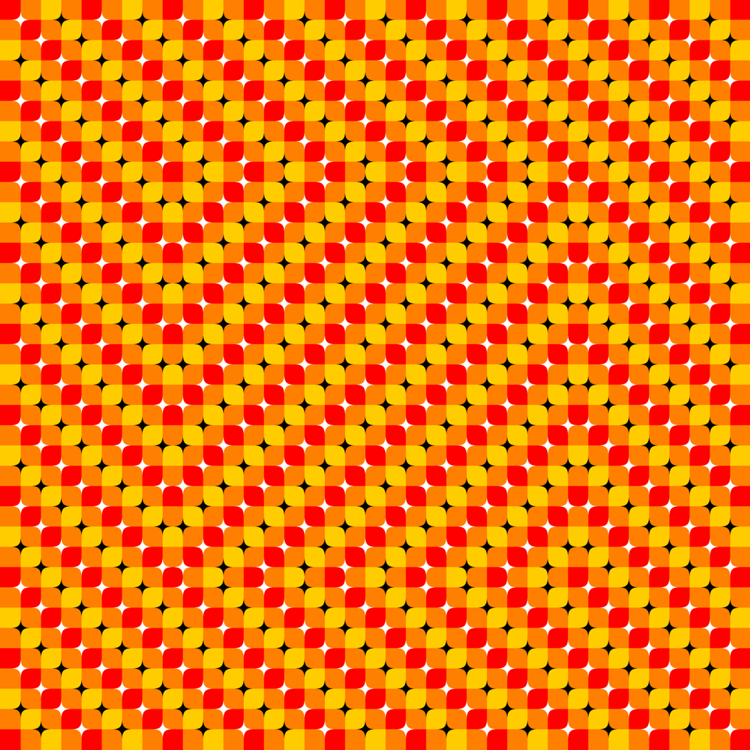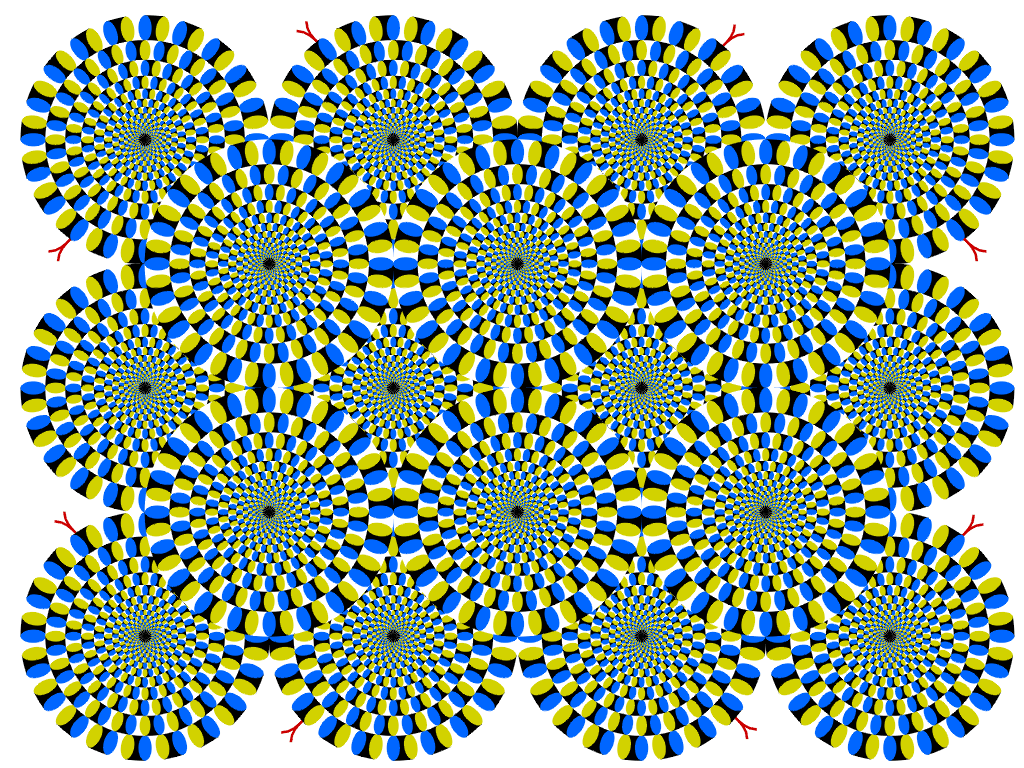BREAKING NEWS
LATEST POSTS
-
Big tech snags Hollywood talent to pursue enhanced reality
https://www.cultofmac.com/726927/apple-among-the-tech-giants-snapping-up-vfx-experts-to-work-on-ar/
Silicon Valley’s biggest companies are snapping up the people and technology behind some of Hollywood’s blockbusters in an effort to improve their augmented- and virtual-reality offerings.
“It’s harder to make as much money working in visual effects,” said Paul Debevec, a veteran of the visual-effects industry who is now a professor at the University of Southern California. About 4½ years ago Google hired Mr. Debevec, an award-winning pioneer in the creation of convincing digital humans, to help the company advance extended reality.
Working in visual effects in film and TV can mean long, unpredictable hours, limited compensation, poor job security and paltry benefits—many call it the “cool tax” one pays for the pleasure of working in Hollywood.
-
Framestore acquires Company 3 / Method
In a press release, Framestore said the acquisition and resulting scaled-up business “represents the next phase of the industry, uniquely uniting all aspects that support the making of entertainment and communications content – from concepts, through to digital and post-production.”
www.broadcastnow.co.uk/tech/framestore-acquires-company-3-/-method/5154656.article
FEATURED POSTS
-
Clearview AI fined in UK for illegally storing facial images
https://www.bbc.com/news/technology-61550776
Facial recognition company Clearview AI has been fined more than £7.5m by the UK’s privacy watchdog and told to delete the data of UK residents.
The ICO says that, globally, the company has stored more than 20 billion facial images.
Clearview AI takes publicly posted pictures from Facebook, Instagram and other sources, usually without the knowledge of the platform or any permission.
-
Photography basics: Lumens vs Candelas (candle) vs Lux vs FootCandle vs Watts vs Irradiance vs Illuminance
https://www.translatorscafe.com/unit-converter/en-US/illumination/1-11/
The power output of a light source is measured using the unit of watts W. This is a direct measure to calculate how much power the light is going to drain from your socket and it is not relatable to the light brightness itself.
The amount of energy emitted from it per second. That energy comes out in a form of photons which we can crudely represent with rays of light coming out of the source. The higher the power the more rays emitted from the source in a unit of time.
Not all energy emitted is visible to the human eye, so we often rely on photometric measurements, which takes in account the sensitivity of human eye to different wavelenghts
Details in the post
(more…)







